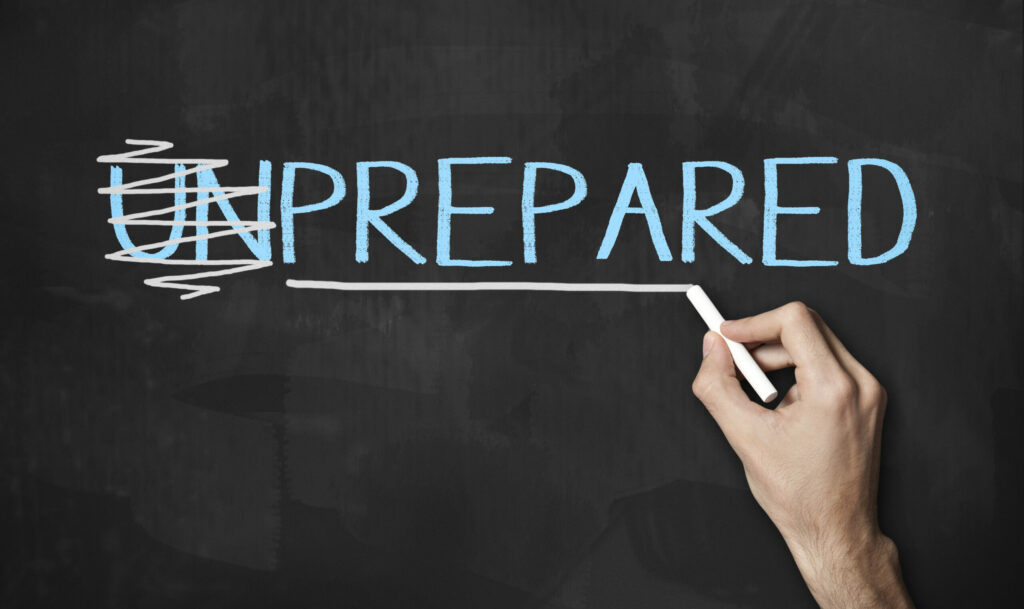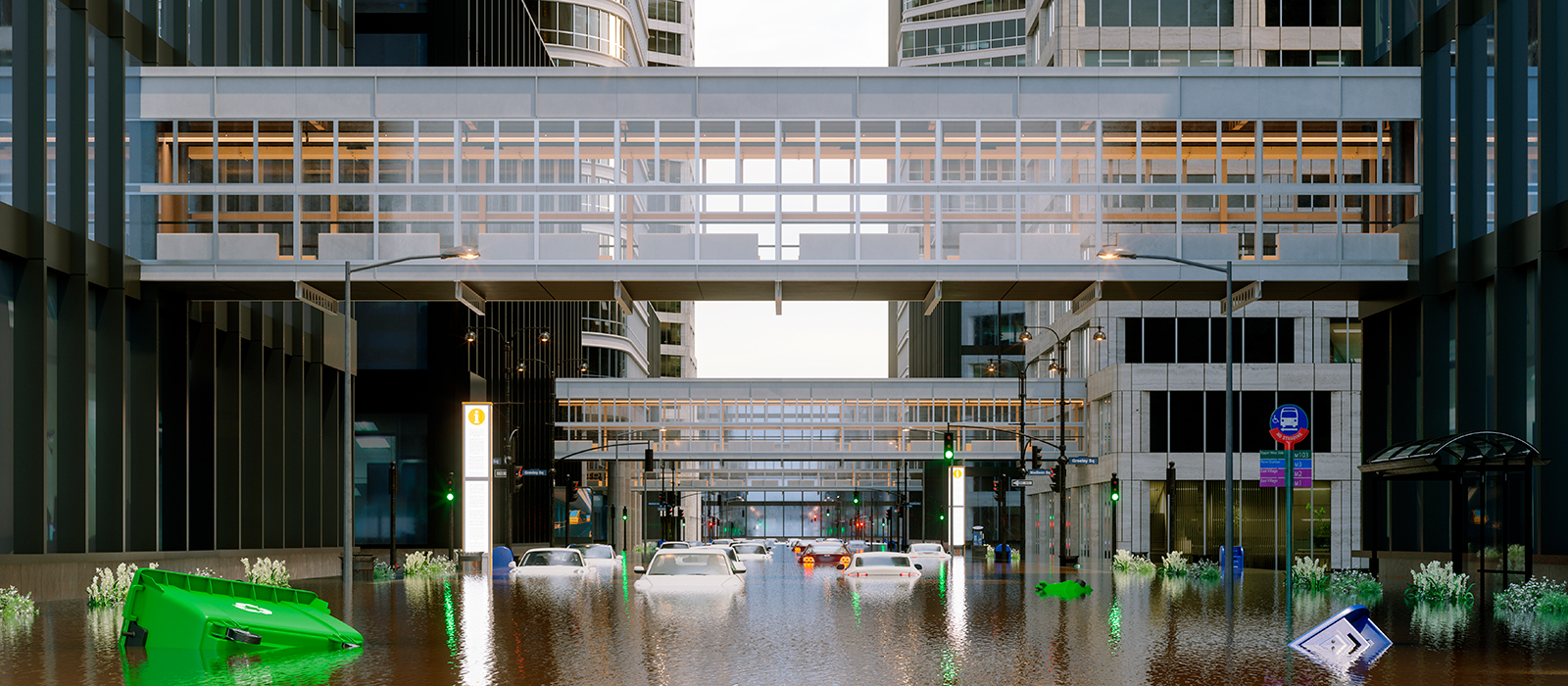The Importance of Tabletop Exercises — and How to Do Them Properly

If your biotechnology organization has a thoroughly developed business continuity plan or crisis management plan, you might think you’re well prepared for the unexpected. However, how can you really know your plan will work?
While there’s no foolproof way to ensure your research facility or commercial laboratory is 100 percent safe from vulnerabilities and disaster — we can’t predict the future, after all — you can test your plans and demonstrate that they would work in a disaster scenario. How? The answer: tabletop exercises.
What is a tabletop exercise?
A tabletop exercise, or TTE, is a scenario-based discussion designed to simulate an emergency situation. Under the guidance of a facilitator, employees will be led through an exercise to identify emergency incident response and recovery procedures and ensure all necessary parties are trained and familiar with the roles, procedures and responsibilities following an event like a natural disaster or workplace violence incident.
Why are tabletop exercises important?
Organizations like hospitals complete TTEs and emergency drills frequently as part of their regulatory requirements. Yet, even if your organization isn’t susceptible to regulatory penalties, testing your business continuity plans is the only way to discover how and where they fall short — before something more serious than a trial scenario occurs. By utilizing a TTE as a realistic representation of potential threats your research facility or laboratory operation might face, you can better ensure that you have a thorough plan in place to keep personnel safe and protect your property, product, investment and reputation. With the facilitator’s feedback, you can update your policies, plans and procedures to address any gaps or misunderstandings.
This is especially crucial for commercial laboratories or research facilities that have sensitive materials or research animals to consider. A power outage or significant weather event could endanger your work and assets or affect the safety of animals in your facility. Your emergency plans need to account for these variables, and a TTE can help identify any inconsistencies as well as proactive measures such as establishing off-site cryostorage for cell lines, tissues, RNA, DNA, plasmid constructs or antibodies.
Tabletop exercises can uncover vulnerabilities related to your organization’s infrastructure. Frequently we find that organizations don’t have enough emergency generator power or that the generators are located in a flood prone area. Lacking adequate redundancy for internet connectivity is another common issue.
What can you expect during a tabletop exercise?
If you’ve never completed a TTE, the process can be a little intimidating, especially for employees. However, it’s important to remember that a TTE creates a “no-fault” environment and should be informal and stress-free. While you want your staff to take the process seriously, the exercise should be thought of as a collaborative learning experience — not a test.
First, your facilitator will familiarize themselves with your business continuity plan and determine what the objectives or possible goals of the TTE should be. The exercise can be broad or narrow in scope, depending on your organization. For example, perhaps you want to test your emergency notification system and put your call trees into action. Or, on a larger scale, your TTE could take you through a natural disaster response — such as a flood, hurricane, tornado or fire — and the effects these events could have on your facility, like power outages or loss of water.
Your facilitator can help you determine what types of emergencies are more likely to impact your facility, as well as specific scenarios you may need to consider based on the nature of your work. For instance, if your organization does clinical sample analysis and the samples you store are perishable, your plan to respond to a potential power outage needs to consider how to keep these valuable materials safe. Ideally, each TTE would have three or four objectives in order to keep the goals manageable for a one to two hour time period.
Next, your facilitator will develop a presentation to guide the participants from your staff through the exercise and present the scenario. Let’s say your laboratory is located near the coast, so hurricanes are a big concern. The facilitator may begin by announcing a hurricane is about to make landfall, and your organization is in the direct line of impact. If there’s flooding and staff can’t get to work, what would everyone do? This prompts discussion with the group and the facilitator will then guide participants through specific questions designed to reflect the unique situation of your facility.
Throughout the scenario, the facilitator will present new challenges to escalate the situation. This will help identify important issues that may arise and might not be planned for, as well as evaluate the response and strength of the plan. For instance, if the scenario started with a hurricane and flood risks, an escalation may be a power outage or road closures. As the exercise comes to a close, the facilitator will lead participants through a debriefing, or “Hot Wash,” to discuss what worked well and where improvements can be made.
To conclude the TTE, the facilitator will put together an After Action Report (AAR) that sums up the exercise and includes lessons learned and important information highlighted during the discussion, as well as an itemized list of actions for improvement and a timeline for completing these items.
What can you do to prepare for a tabletop exercise?
In order to get the most out of the TTE, there are a few things your organization can do to prepare in advance.
- Send out an email to staff to explain the purpose of the TTE and how they can help it be the most successful. Emphasize that this is meant to be a precautionary learning exercise and there is no need to be nervous.
- Ensure representatives from every key department in the company can attend. More than just your director of facilities and security, you should also plan to include your communications department, IT, environmental health and safety, purchasing, customer support and anyone else who would have a role in the event of an emergency, depending on the purpose and functions of your operation.
- Have all participants read over the emergency action plan or business continuity plan to familiarize themselves with procedures, paying particularly close attention to department-specific plans.
- Consider and make note of any modifications that occur to you before completing the scenario. Take time to think about how different variables — such as loss of water or power — might affect your department.
By enlisting the assistance of a facilitator to conduct your TTE, you can benefit from a perspective that is outside your organization, but still an expert insider to the life sciences industry. Taking the time to explore, assess and analyze your emergency infrastructure and procedures will give your staff the knowledge and confidence they need to address a crisis, should one occur.
If you need an expert facilitator to help plan and conduct tabletop exercises for your team, contact us today.
Subscribe
to our blog
"*" indicates required fields




